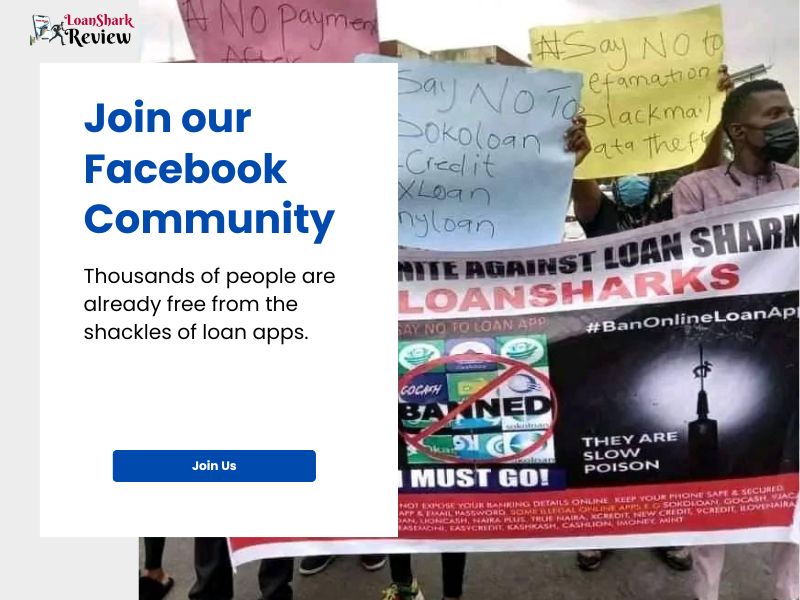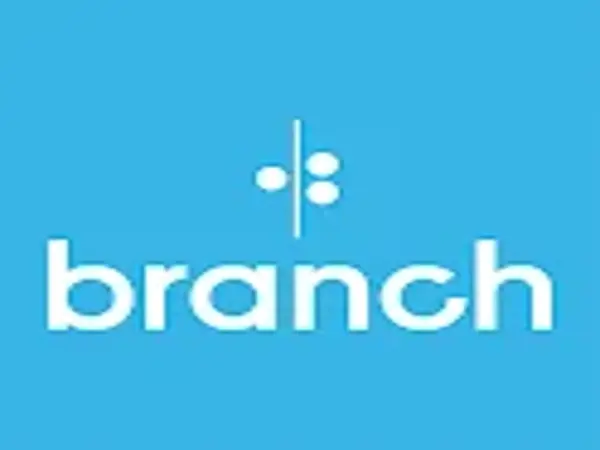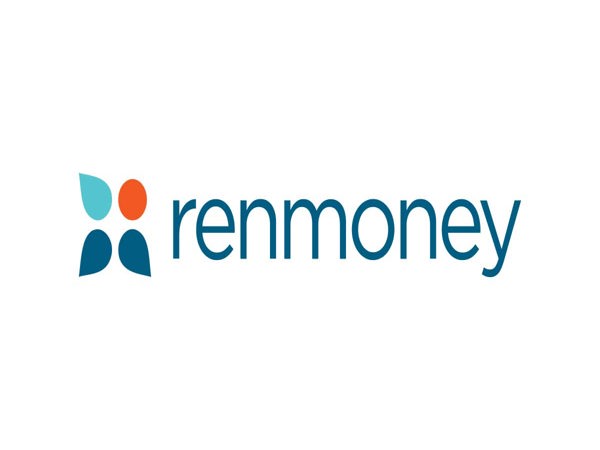As the cost of higher education continues to rise, many students are finding themselves saddled with significant student loan debt. This debt can be a significant burden, impacting everything from personal finances to mental health. Fortunately, there are several strategies available to help manage and alleviate student loan debt. In this comprehensive guide, we'll explore various student loan debt relief options and provide practical tips for managing high debt.
Understanding Your Student Loan Debt
The first step in managing your student loan debt is to understand the full scope of your financial situation. Gather all of your student loan statements and documents, and make a list of the following information:
- Total loan balance
- Interest rates
- Loan types (federal, private, or a combination)
- Repayment terms and due dates
- Current monthly payments
Knowing the details of your student loan debt will help you make informed decisions about the best debt relief strategies to pursue.
Federal Student Loan Debt Relief Options
If you have federal student loans, you may be eligible for various debt relief programs offered by the U.S. Department of Education. These programs can help reduce your monthly payments, lower your interest rates, or even have your loans forgiven.
- Income-Driven Repayment Plans: These plans base your monthly payments on your income and family size, rather than the total loan balance. Examples include Income-Based Repayment (IBR), Pay As You Earn (PAYE), and Revised Pay As You Earn (REPAYE).
- Public Service Loan Forgiveness (PSLF): This program forgives the remaining balance on your federal student loans after you've made 120 qualifying monthly payments while working full-time for a government or non-profit organization.
- Teacher Loan Forgiveness: This program forgives up to $17,500 in federal student loans for eligible full-time teachers who work for five consecutive years in a low-income school or educational service agency.
- Disability Discharge: If you become permanently disabled, you may be eligible to have your federal student loans discharged, meaning you no longer have to repay them.
- Deferment and Forbearance: These options allow you to temporarily postpone or reduce your federal student loan payments if you're experiencing financial hardship or other qualifying circumstances.
Private Student Loan Debt Relief Options
If you have private student loans, your options for debt relief may be more limited, but there are still strategies you can explore:
- Refinancing: Refinancing your private student loans can potentially lower your interest rate and monthly payments. This involves taking out a new loan with a private lender to pay off your existing loans.
- Loan Consolidation: Similar to refinancing, loan consolidation combines multiple private student loans into a single loan with a new interest rate and repayment term. This can simplify your payments and potentially lower your overall costs.
- Negotiation: You can try negotiating with your private lender for more favorable repayment terms, such as a lower interest rate or extended repayment period. This may be particularly effective if you have a good credit history or have experienced financial hardship.
- Hardship Programs: Some private lenders offer hardship programs that can temporarily reduce or postpone your payments if you're experiencing financial difficulties.
Strategies for Managing High Student Loan Debt
In addition to exploring debt relief options, there are several strategies you can implement to better manage your high student loan debt:
- Create a Budget: Develop a detailed budget that accounts for your student loan payments, as well as your other expenses. This will help you identify areas where you can cut back and allocate more funds towards your loans.
- Prioritize High-Interest Loans: Focus on paying off the loans with the highest interest rates first, as this will save you the most money in the long run.
- Increase Your Income: Consider taking on a side gig or freelance work to boost your income and put more towards your student loan payments.
- Reduce Expenses: Look for ways to cut back on non-essential expenses, such as dining out, entertainment, or subscriptions, and redirect those funds towards your student loan payments.
- Seek Assistance: If you're struggling to make your payments, don't hesitate to reach out to your lender or a financial counselor for guidance and support. They may be able to help you explore additional debt relief options or develop a more manageable repayment plan.
Conclusion
Managing high student loan debt can be a daunting task, but with the right strategies and resources, it is possible to achieve financial freedom. By understanding your debt, exploring federal and private debt relief options, and implementing practical debt management techniques, you can take control of your student loan obligations and work towards a brighter financial future.


.jpg)





.webp)






(0) Comment(s)
Write a comment